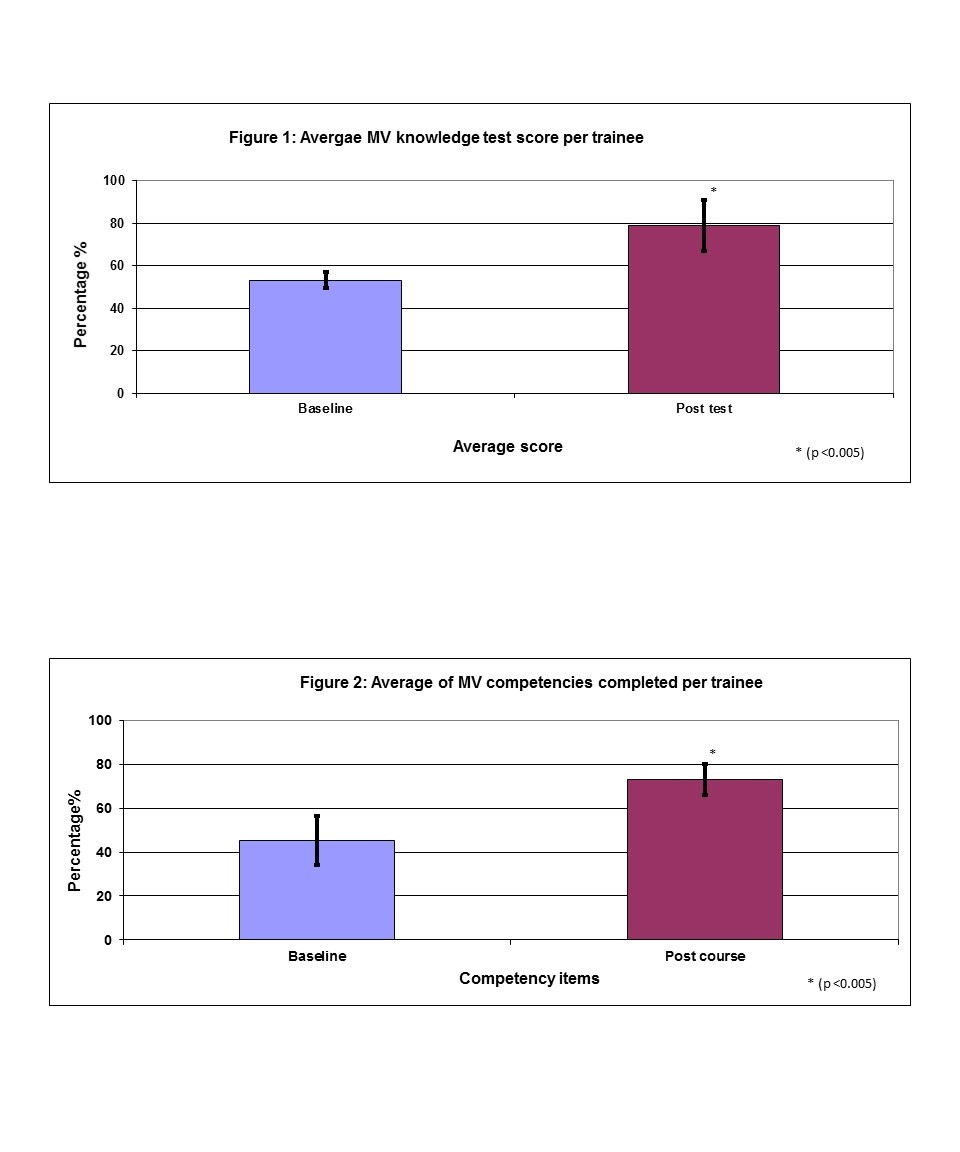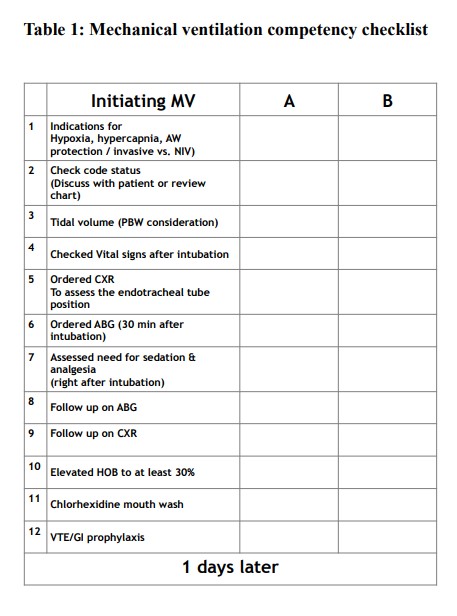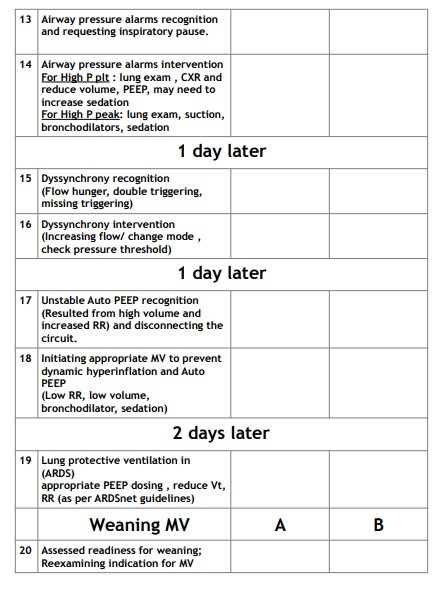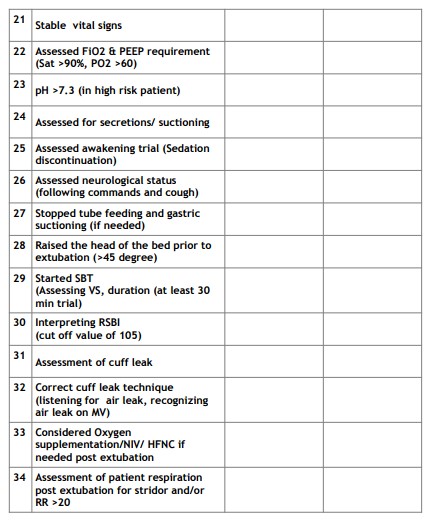Wayne State University, John Dingell VA hospital
Detroit, MN
A Novel Simulation-Based Mastery Curriculum for Mechanical Ventilation (MV) in Pulmonary & Critical Care Training Programs
Program Director: Abdulghani Sankari, MD, PhD
Program Type: Pulmonary/Critical Care
Abstract Authors: Abdulrazak Alchakaki, MD(1)(2), Shahram Maroof, MD(2), Norman Theaker, Ph.D., RRT, CVT(2), Connie Inman, PA-C, MPAS (2) , Maryjean Schenk, MD, MPH, MS(1), Abdulghani Sankari, MD, PhD(1)(2). 1) Wayne State University, John Dingell VA hospital, Detroit, MI. 2) Wayne State University, Detroit Medical Center, Detroit, MI
Description of Fellowship Program: It is an academic program in the inner city of Detroit and provide excellent exposure to diverse pathology and high acuity cases as well as very interesting and unique lung pathology. In the education track of the fellowship, fellows have access to many resources and tools that they can use in their medical education projects and developments.
Abstract
Background
Background: Competency in proficient and safe mechanical ventilation (MV) is very important in pulmonary and critical care medicine training. Most academic medical centers utilize a didactic based method for MV teaching[1, 2]. However, there is a clear gap in proficiency between MV didactics and applying the knowledge in real-life clinical applications with critically ill individuals with changing lung mechanics. This gap may affect clinical outcomes including mortality and morbidity. To improve MV education in our program, we created a mastery curriculum for learning MV that aims to improve knowledge and acquire essential competencies for safe and evidence-based clinical practice.
Methods
This course curriculum blends didactics, high fidelity simulation (SimMan 3G) with bedside MV rounds to optimize MV competency and retention. The training team is comprised of the program director, medical education fellow, respiratory therapist (RT) and simulation coordinator. We used iron lung to simulate waveforms throughout different scenarios. Each trainee underwent the following chronological steps: 1) A baseline knowledge test. 2) A sixty-minute didactic lecture. 3) A baseline one-on-one session using a high fidelity simulation manikin and standardized clinical scenarios that test different MV competencies using a standardized checklist (Table 1) over a 40 minute period followed by structured debriefing for 10 minutes. 4) A follow-up session with RT to learn knobs, waves, and scalars over approximately 60 minutes. 5) Two sub-groups joined the education fellow and RT for bedside MV rounds in MICU for 60 minutes. 6) A second one-on-one simulation session with debriefing performed approximately 2 weeks later, and 7) completed a post-course knowledge test. Each trainee completed a post-course survey using Likert scale (1-5) to evaluate learners’ satisfaction with different domains of the course. A total 34 item-checklist was used for the mastery simulation sessions in order to assess various MV competencies including indication for ventilation, initiation, troubleshooting, and liberation of MV.
Results
Seven PGY4 trainees have completed this course as part of the orientation boot camp. Each trainee spent less than 5 hours to complete all 7 steps. All of them demonstrated significant improvement in the knowledge test with mean score (53.3% and 79.0%, p<0.005) at baseline and post-course tests, respectively (Figure 1). The average of completed MV competency items during simulation has improved from 15.4 /34 items (45.4%) at baseline to 24.9/34 (73.1%) on the second session (p<0.005) (Figure 2). The course was highly rated by trainees with mean score (4.5 /5 on the Likert scale) and perceived as an effective interactive education for new MV learners. Discussion: This novel simulation-based mastery curriculum was an effective method to teach new learners mastery of the basic competencies in MV. It supplements didactics with interactive hands-on MV sessions. In addition, it allows direct observation/assessment of trainees’ in a controlled environment. We are planning a further follow-up to assess long-term retention and implementation of the curriculum to different levels of trainees. Improving MV training using simulation and structured mastery learning techniques may affect clinical outcomes, however, future studies are needed to assess its impact.
References
1. Ramar, K., et al., Effectiveness of hands-on tutoring and guided self-directed learning versus self-directed learning alone to educate critical care fellows on mechanical ventilation - a pilot project. Med Educ Online, 2016. 21(1): p. 32727. 2. Spadaro, S., et al., Simulation Training for Residents Focused on Mechanical Ventilation: A Randomized Trial Using Mannequin-Based Versus Computer-Based Simulation. Simul Healthc, 2017.







